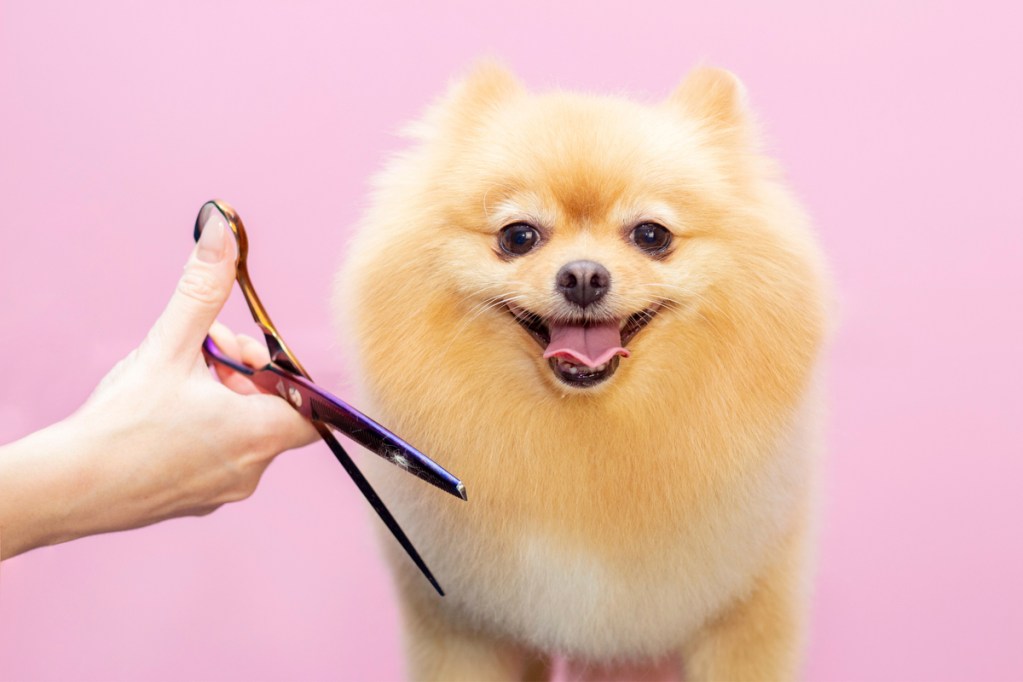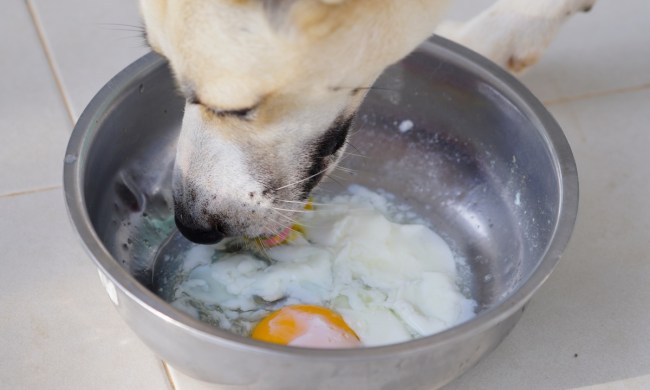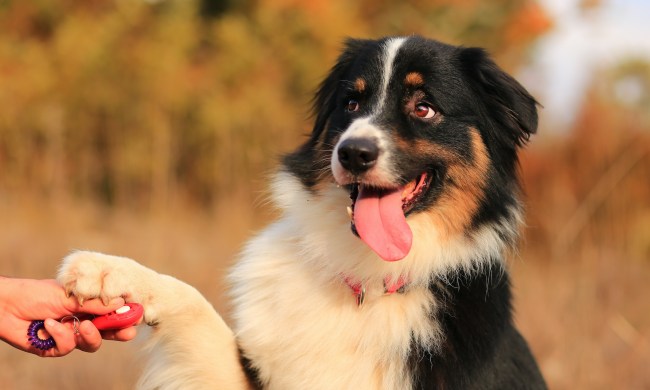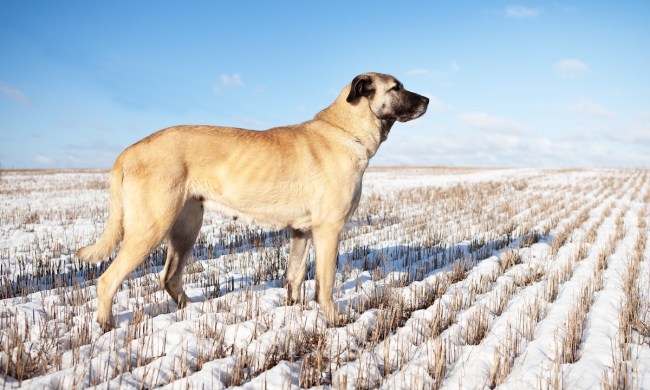All dog breeds have a quintessential and distinct personality that’s unique to them. Tiny but mighty completely sums up the Pomeranian. This pup comes in at under 10 pounds, one of the smallest dogs out there, and the littlest of the spitz breeds.
But even though you can fit this pooch in your arms, you can’t describe this big personality in little terms. So is a Pom the right little one for you? This is what you should know about this compact animal before committing forever.
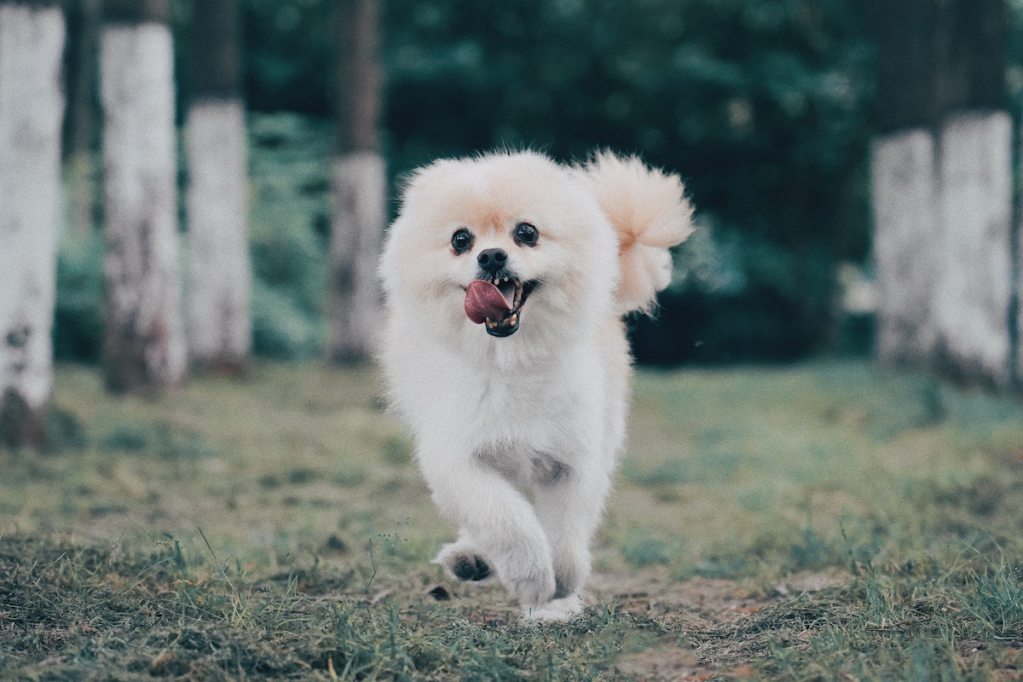
History of the Pomeranian
In the past, cute dog breeds were often the choice of royalty, and their portable size was a large part of that. The gene for small dogs (at least outside of the Americas) emerged 12,000 years ago. From there, these canines developed in many different times and places, everywhere from China and England to North Africa. The Pomeranian has long been a royal dog and was a favorite of Queen Charlotte. At the time, though, they were almost 20 pounds. It’s only in the last 200 years or so that these pooches shrunk down to under 10 pounds.
What are Pomeranians like?
Don’t think that all this dog wants to do is cuddle. While that might be their favorite pastime, Poms are incredibly intelligent and often enjoy learning agility or more advanced commands.
How to care for Pomeranians
Like all dogs, these pups require special care in a few areas. Remember, first and foremost: Some might want fewer walks, but small dogs have at least as many needs as their 50-pound counterparts.
Grooming
Do you see those long, luscious locks? Yup, that’s hours of brushing every month. You will need to take your pup to the groomer or take this on yourself at least once per month. This should include shampooing and also a light trim to ensure your little buddy doesn’t get that beautiful blonde mane caught anywhere unpleasant.
Pom-proofing
A lot of this comes down to you: If you haven’t had a small breed before, it takes a little getting used to. Note that you need to ensure you don’t step on your new animal and that they can access all areas of their home, despite their diminutive size. It’s also important your pup doesn’t jump off of any high surfaces or get stuck in any cramped spaces. If you allow your small dog on the bed or couch, consider dog stairs to help them out. Look into options for bad weather, too, like wee-wee pads (they may not want to get their minuscule paws wet).
Exercise
Your beastie may look like all they need is a little pat, but a good workout is crucial for every dog. However, they likely will not want to spend hours outside every day. Some Pomeranians prefer only brief walks, coupled with other forms of exercise, such as play and training.
Dogs come in all shapes and sizes, from the Great Dane to the Chihuahua and everything in between. Pomeranians represent one of the smallest breeds of the crew, but that doesn’t mean they are to be ignored. You won’t get away with that! Instead, make sure you meet your tiny friend where they are and follow their rules so you can properly care for them no matter what.


